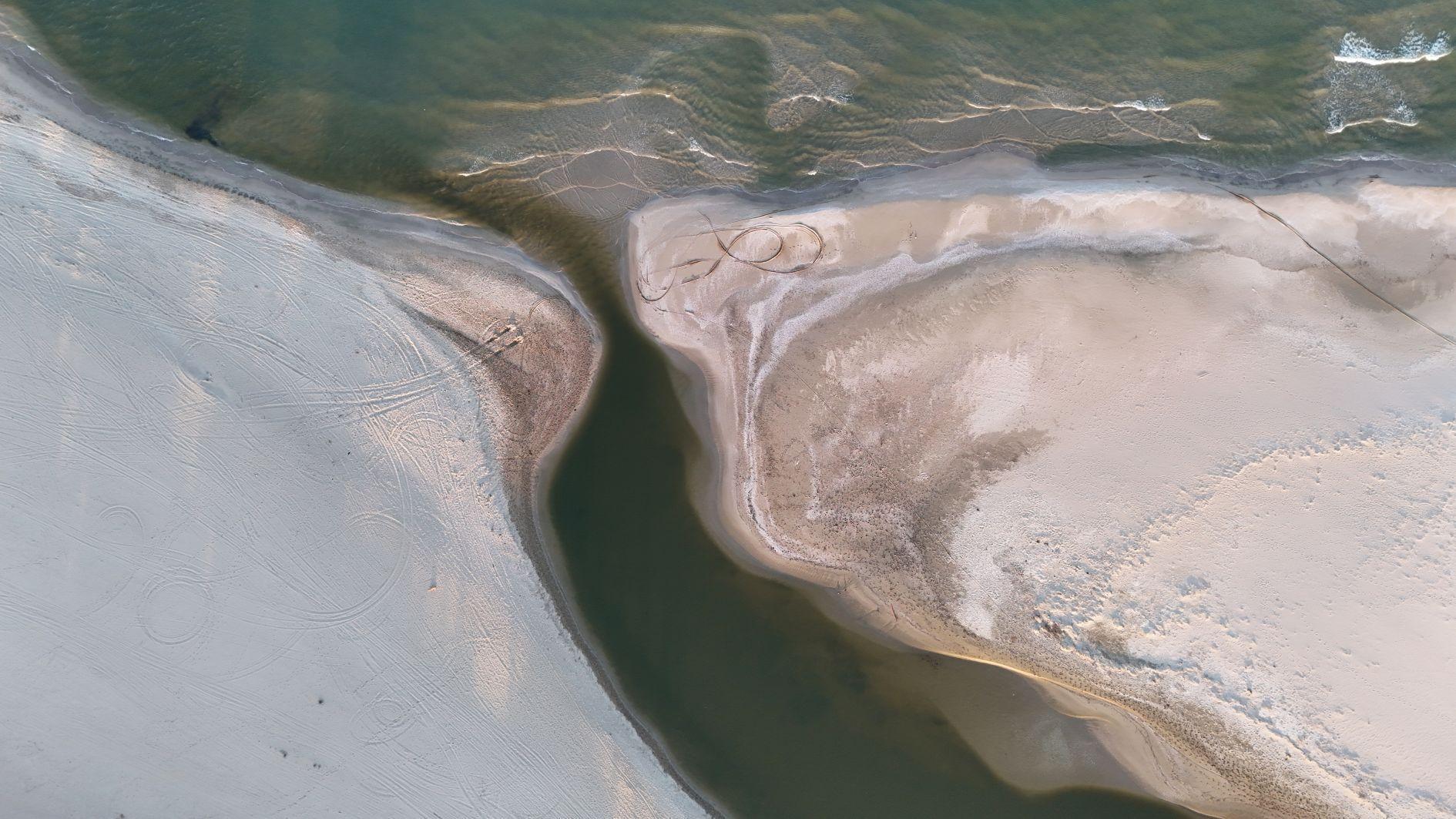Grave stele discovered in ancient Parion
ÇANAKKALE

A 1,900-year-old grave stele (stone) has been discovered during the excavations carried out in Parion, an important ancient port city near the Kemer Village in the northwestern province of Çanakkale’s Biga district.
Archaeological excavations continue in the ancient city of Parion, which sheds light on the region’s 2,700-year-old history.
Professor Vedat Keleş, the head of the excavations, stated that they found an extremely important tomb called “Tomb-6” during their work in the southern necropolis of Parion.
“During the construction of Kemer Village Primary School here in 2004, some areas were excavated with a shovel, which destroyed these areas. While we were working on these areas, we found a one-meter burial chamber. This stele is in good condition and one of the best tomb steles discovered in the region recently. There are two main figures on the stele: a woman sitting on the left side and a male figure lying in the middle of the stele just behind it,” he said.
Keleş emphasized that on the right side of the stele, servants and a horse of the man, who lies in the tomb, were featured.
“There is a Latin inscription on the lower part of the tomb stele. According to the first epigraphic analysis, the inscription reads, ‘Lucius Furnius Lesbonax, who was freed by Lucius, had this burial stele built for himself and his wife, Furnia Sympnerusa.’ The tomb stele is believed to be 1,900 years old,” he said.
Pointing out that the stele is a significant find, Keleş said: “This stele showed us that the southern necropolis of Parion was heavily used during the Roman and earlier periods. At the same time, when we look at the condition of the tomb stele and the city, it shows us that the ancient city was a rich one in the Roman period, as it was a colonial city.”
“The names on the stele are also very important. For instance, Lesbonax is not a Latin name. His wife’s name is also not a Latin name. These are Greek names. We can even say that Lesbonax was someone who lived on the island of Lesbos. We understood that they were slaves and were later given Roman citizenship. We understood that when the Romans came to this city, they enslaved those who were here and then gave them citizenship,” he added.
















